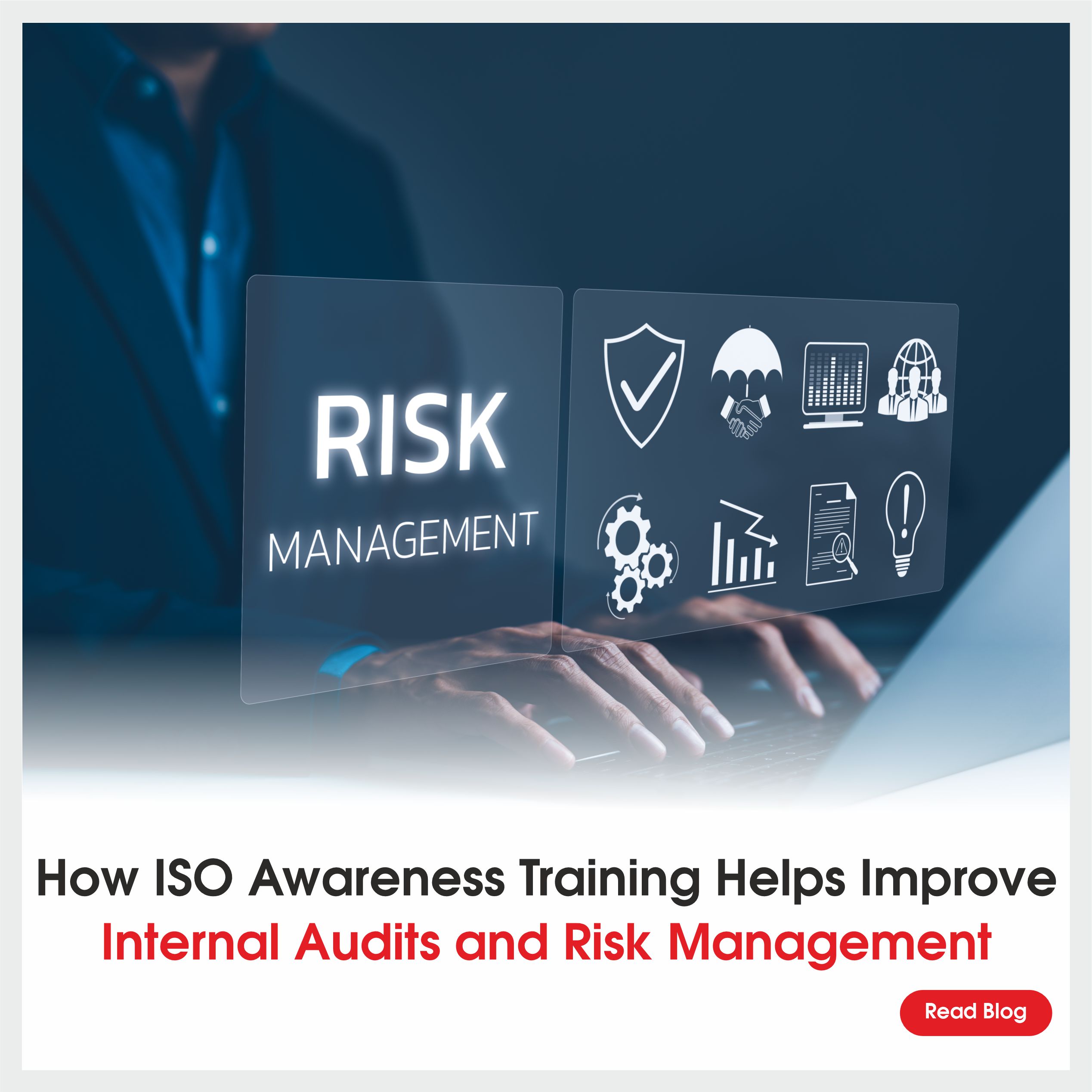What is SOC compliance? ⮯
The SOC Report, developed by the American Institute of Certified Public Accountants (AICPA), is a verifiable auditing report produced by a Certified Public Accountant (CPA) detailing the systemic controls in place at a service provider, including Data security, Cybersecurity, Confidentiality, processing, reliability, Regulatory measures for financial reporting.
SOC reports provide you with greater credibility, giving you a competitive edge that is both time and money well spent. There are three different SOC report types: SOC 1, SOC 2, and SOC 3. SOC 1 and SOC 2 are the two that are most often utilized.
Insights on SOC 1, SOC 2 and SOC 3
SOC 1
The primary emphasis of SOC 1 is financial reporting. The objective is to establish internal controls and be able to demonstrate them for how you manage the financial information of your clients. Naturally, it is very important to your customers because they must provide this information to their auditors. SOC 1 compliance is all about demonstrating that you have the safeguards in place to guarantee that both the service’s actual operations and its design are reliable and predictable.
SOC 2
SOC2 expressly covers the five elements of the Trust Services Criteria—security, availability, processing integrity, confidentiality, and privacy. The SOC 2 report is a repeating report that shows that everything is right and compliant at a certain point in time. They may be disclosed to clients, executives, authorities, and other parties. A non-disclosure agreement could be required before sharing since they include sensitive information.
SOC 3
SOC 3 reports emphasize the Trust Services Criteria controls as well. SOC 3 reports, however, can be disseminated extensively unlike SOC 2 reports. They provide a less thorough summary of the data and are referred to as “General Use” reports. It is usual for organizations to complete a SOC 2 and then have the auditors produce the SOC 3 summarizing the SOC 2 report since the same information as in a SOC 2 report has to be considered. They can serve as a useful marketing tool for illustrating how well your control environment works.
Differences Between SOC1, SOC2 and SOC3
The primary distinction between SOC 1 and SOC 2 reports is that the former is more concerned with financial reporting, while the latter is with operations and compliance. SOC 3 is a variant of SOC 2 that was created for the clients of the firm, however, it is less prevalent.
SOC 1 assesses an organization’s internal controls over financial reporting, whereas SOC 2 and SOC 3 analyze the organization’s control over one or more of the Trust Services Criteria. SOC 3, in contrast to SOC 2, is used to demonstrate publicly how effective an organization’s internal controls are.
SOC 1 reports are intended for auditor-to-auditor communication. SOC2 can be shared with customers, management, regulators, and third parties and SOC3 reports are considered “General Use” reports but offer a less detailed summary of the information.
Impact of SOC on Organisation ⮯
An organization’s overall security is improved through a security operations center’s overarching approach, threat management, which entails gathering information and checking it for unusual activities. Firewalls, threat intelligence, intrusion prevention and detection systems (IPSes/IDSes), probes, and security information and event management (SIEM) systems are some of the sources of the raw data that SOC teams monitor. If any of the data is unusual or exhibits indicators of compromise (IOCs), alerts are generated to notify team members as soon as possible.
What are the Benefits of SOC Audits? ⮯
SOC 1, SOC 2, and SOC 3 audits are intended to accomplish various goals. Financial reporting is the main emphasis of SOC 1 compliance, but SOC 2 and SOC 3 have a broader perspective and are more appropriate for organizations that provide technical services. The primary distinction between SOC 2 and SOC 3 is whom they are designed for.
Think about the target market and your company’s business strategy when deciding which SOC to pursue. SOC 2 is the best option if you exclusively work with non-financial data and want to show your customers your competence. A SOC 1 audit might be quite helpful if you need to comply with Sarbanes-Oxley (SOX) when your business becomes publicly traded.
The only benefit of a Type 1 audit over a Type 2 audit is that it is completed more quickly. Since most clients are aware of the limitations of a Type 1 audit, they will be searching for Type 2.
Conclusion ✅
The most popular SOC reports all have distinct purposes, but it can be challenging for a service provider to choose which one is right for them.
The choice between SOC 1 and SOC 2 relies on how much your controls affect a client’s internal control over financial reporting.
Remember that a SOC 2 audit report is a restricted-use document that contains information on the systems and procedures in place for protecting information if you are SOC 2-compliant but are unsure if a SOC 3 audit report is best for you.




